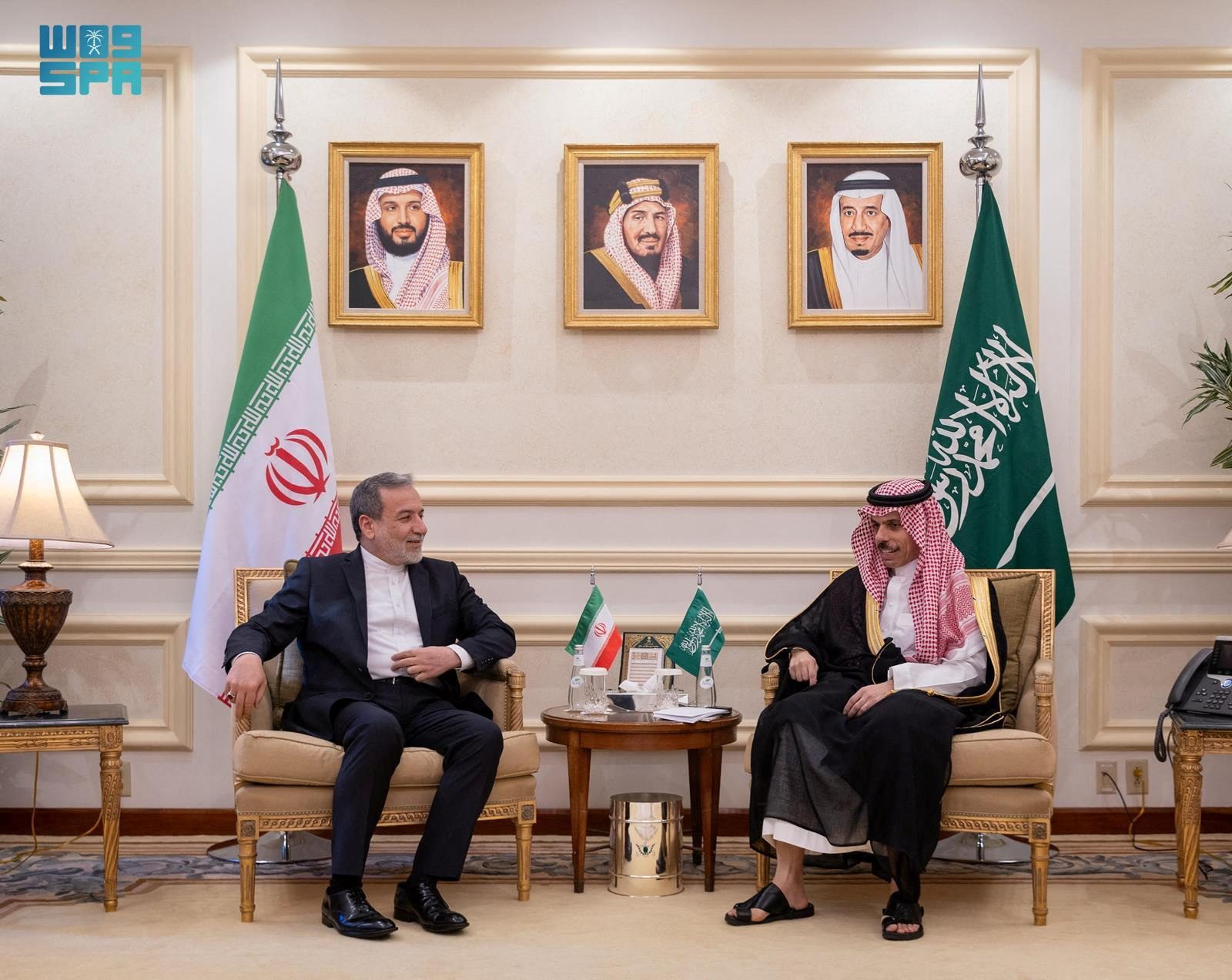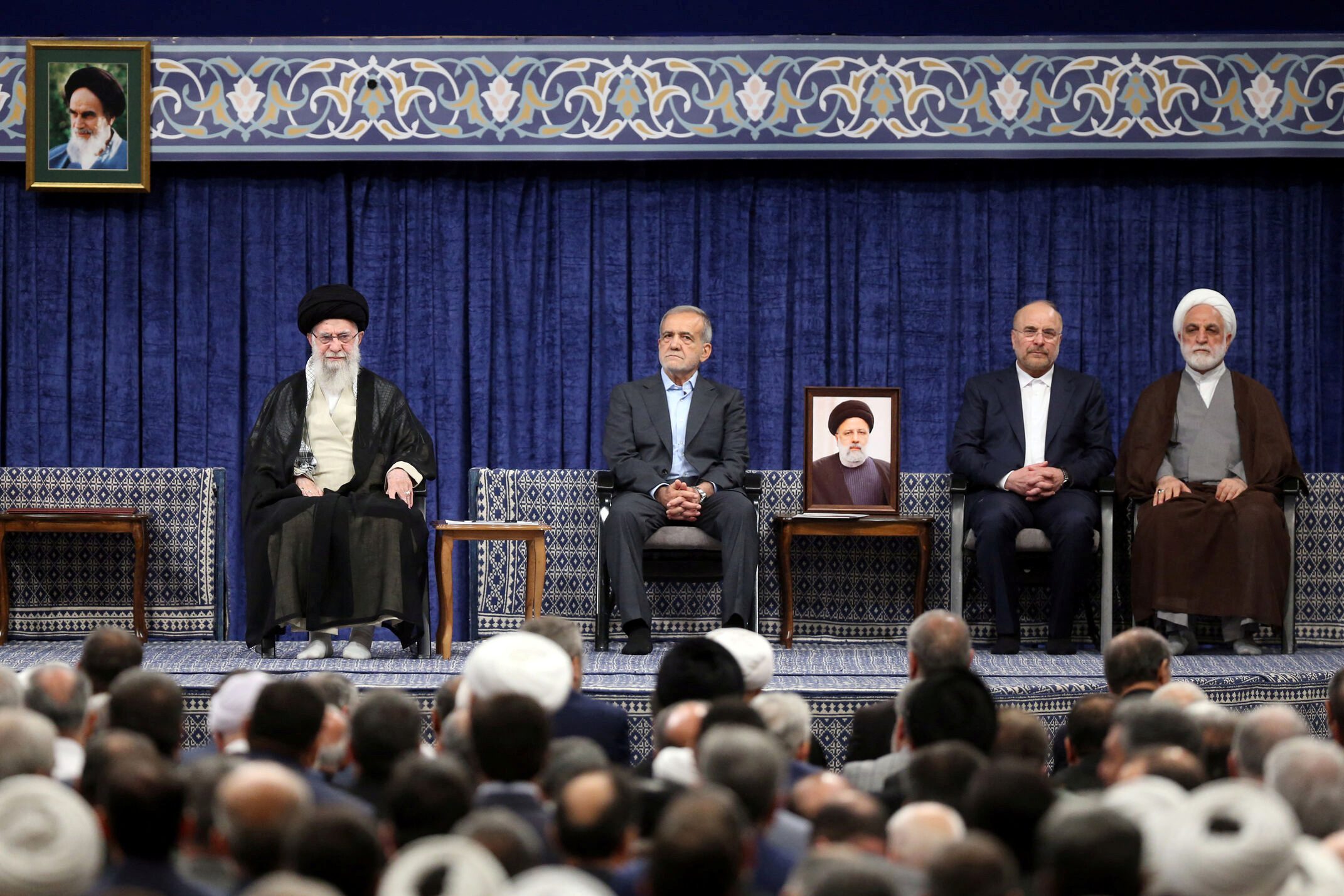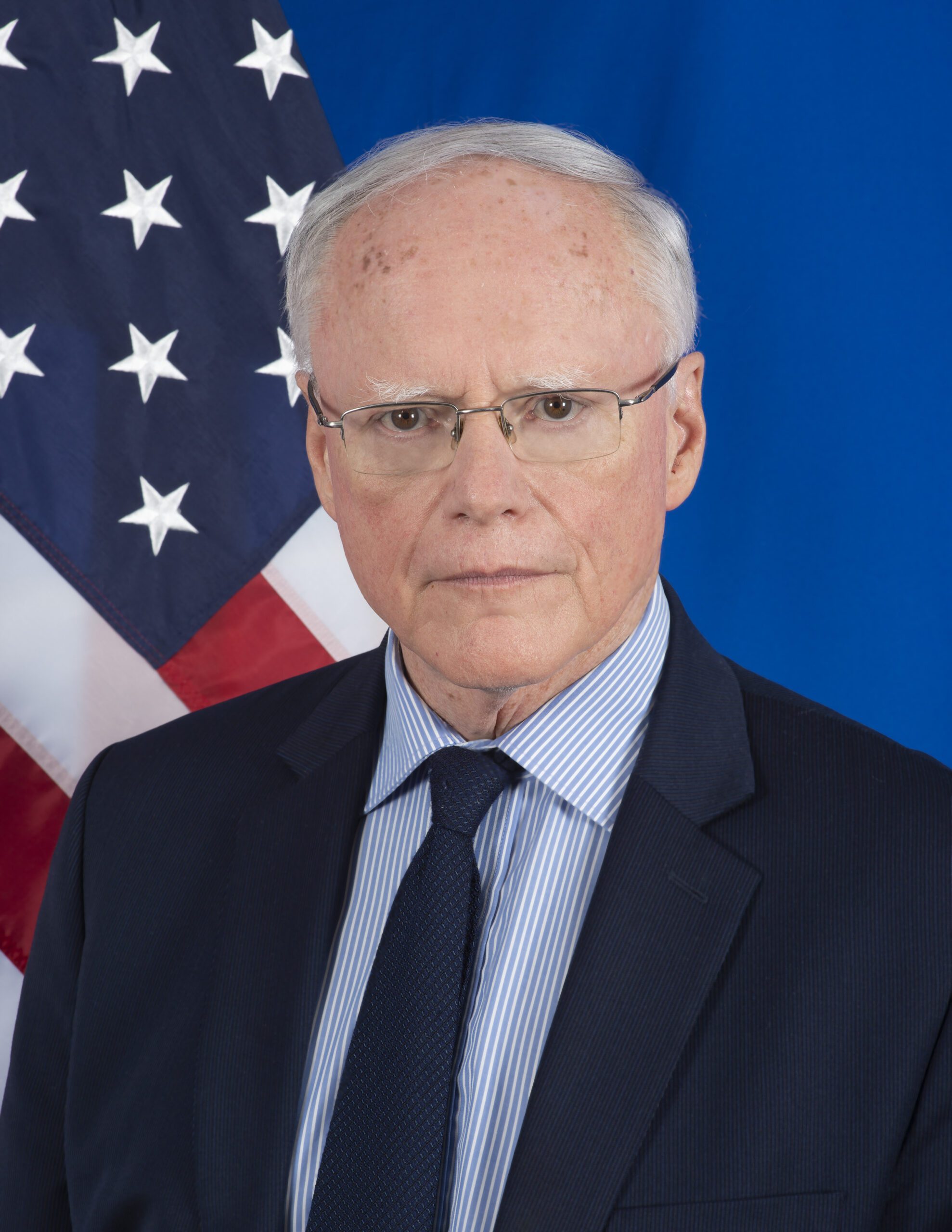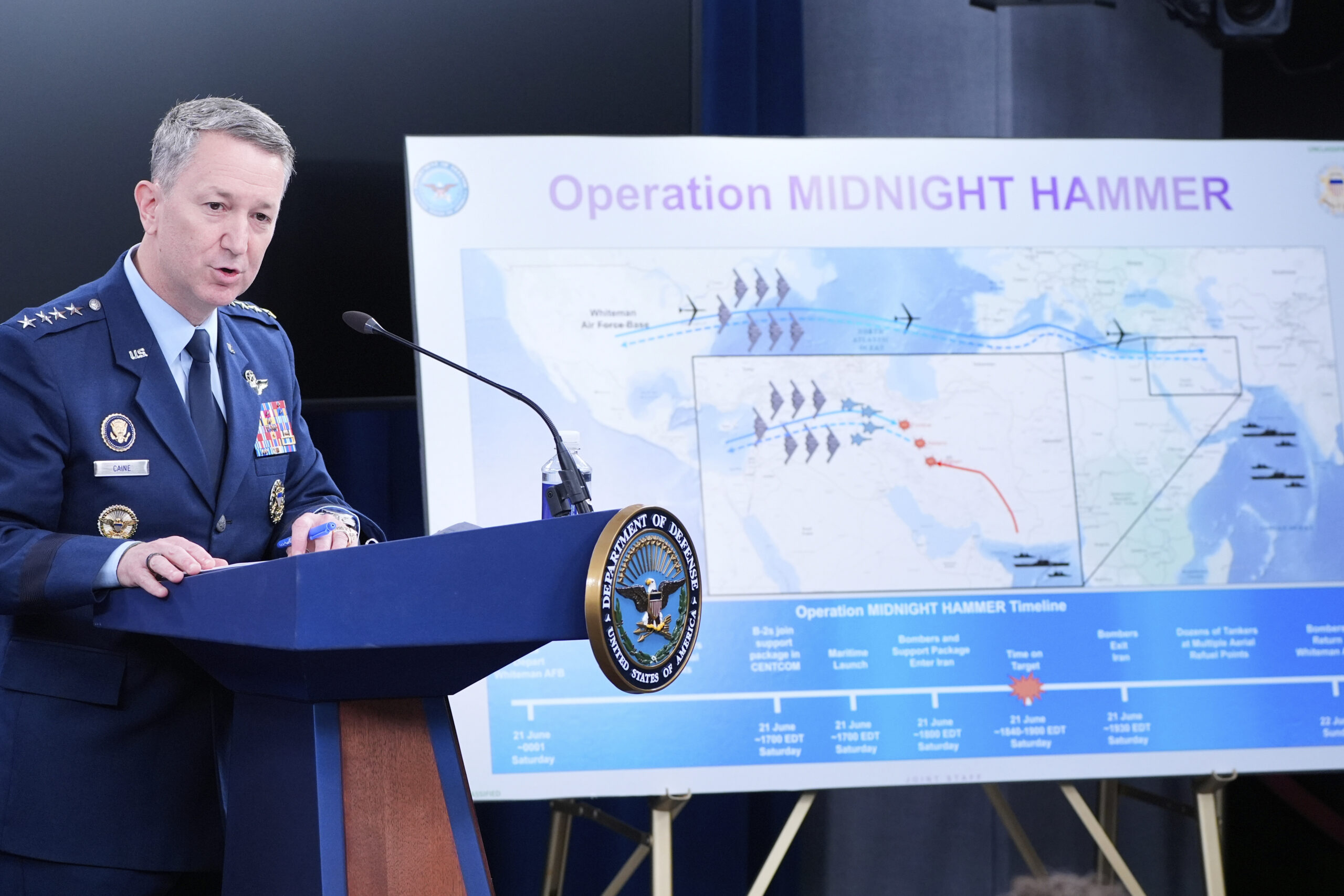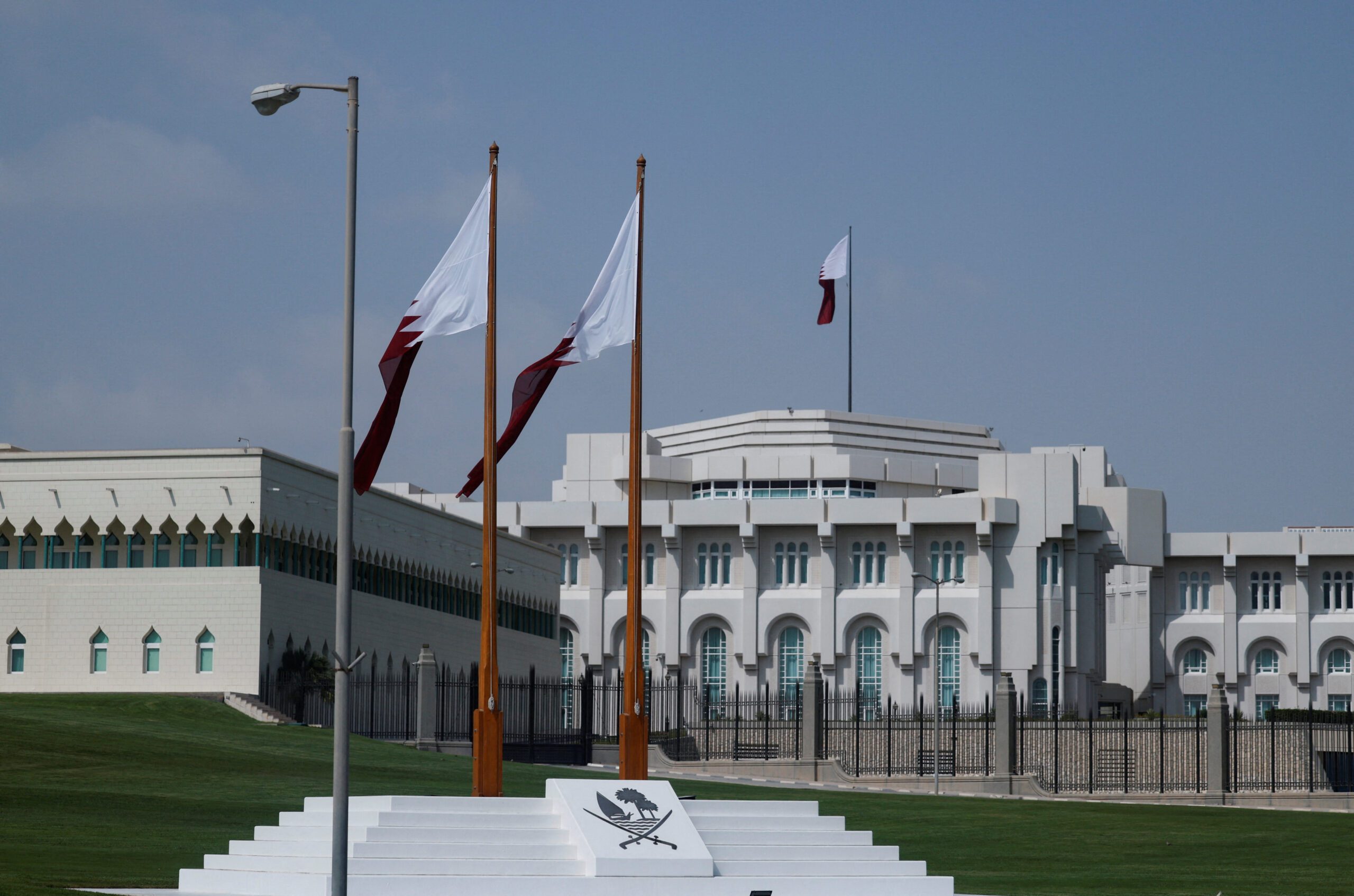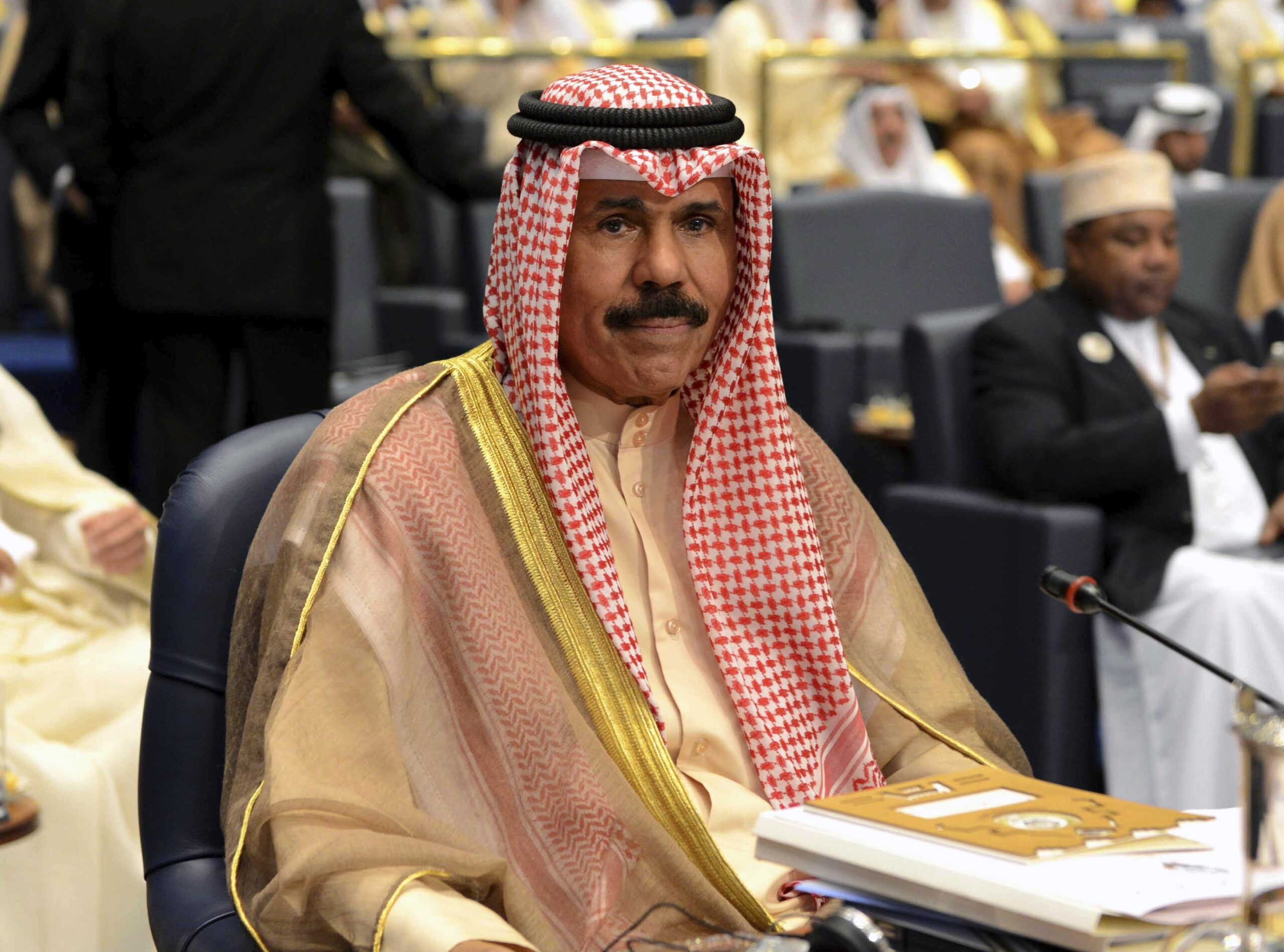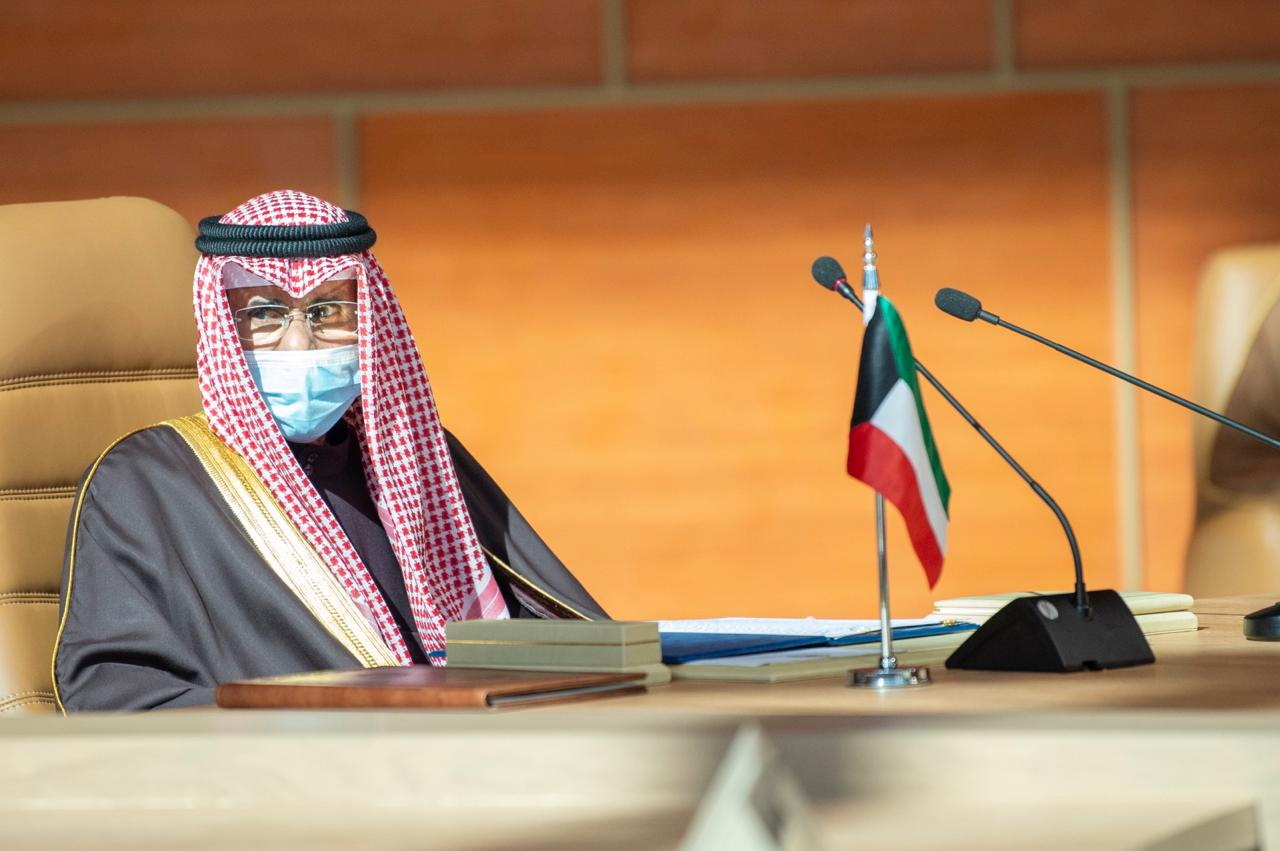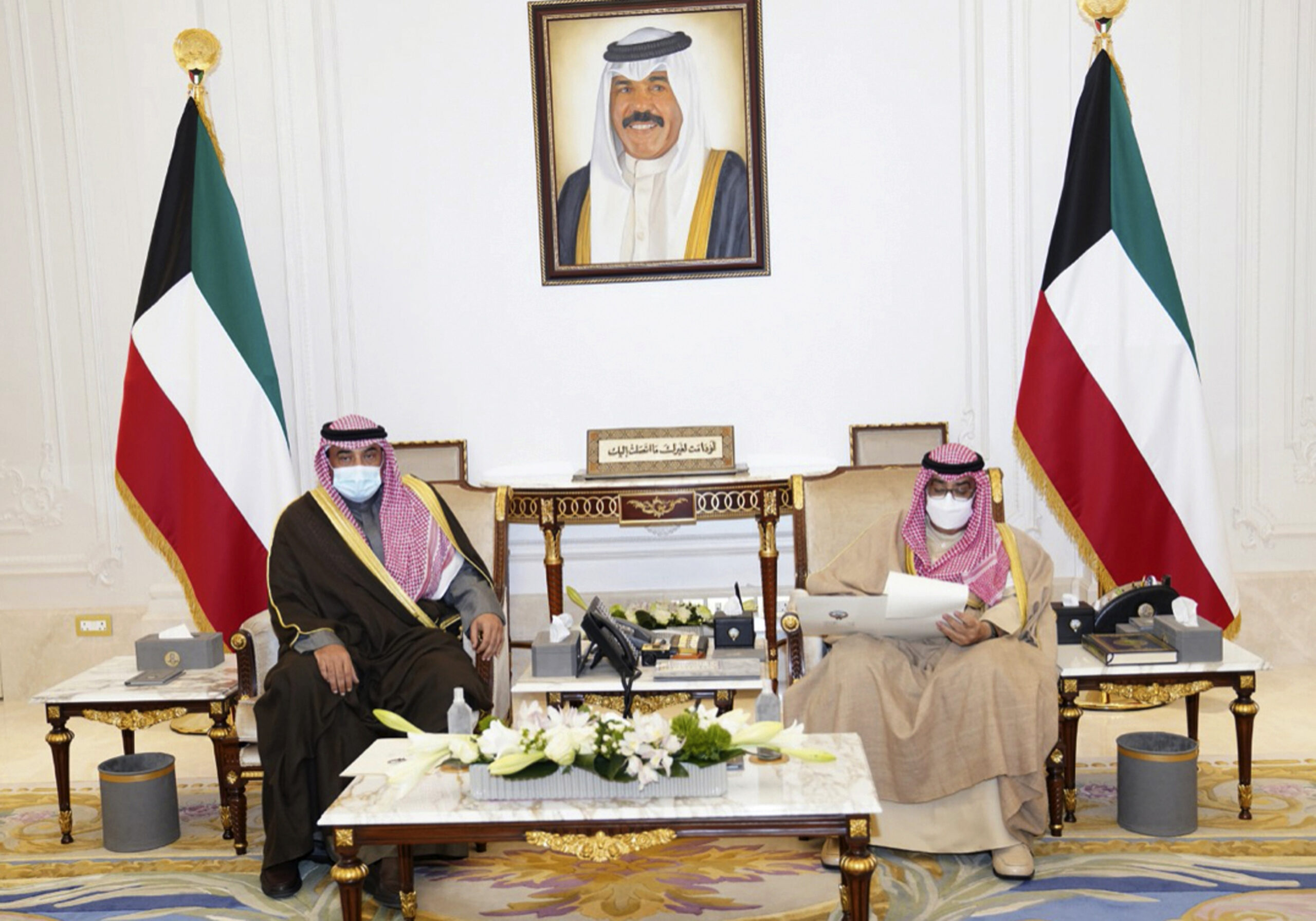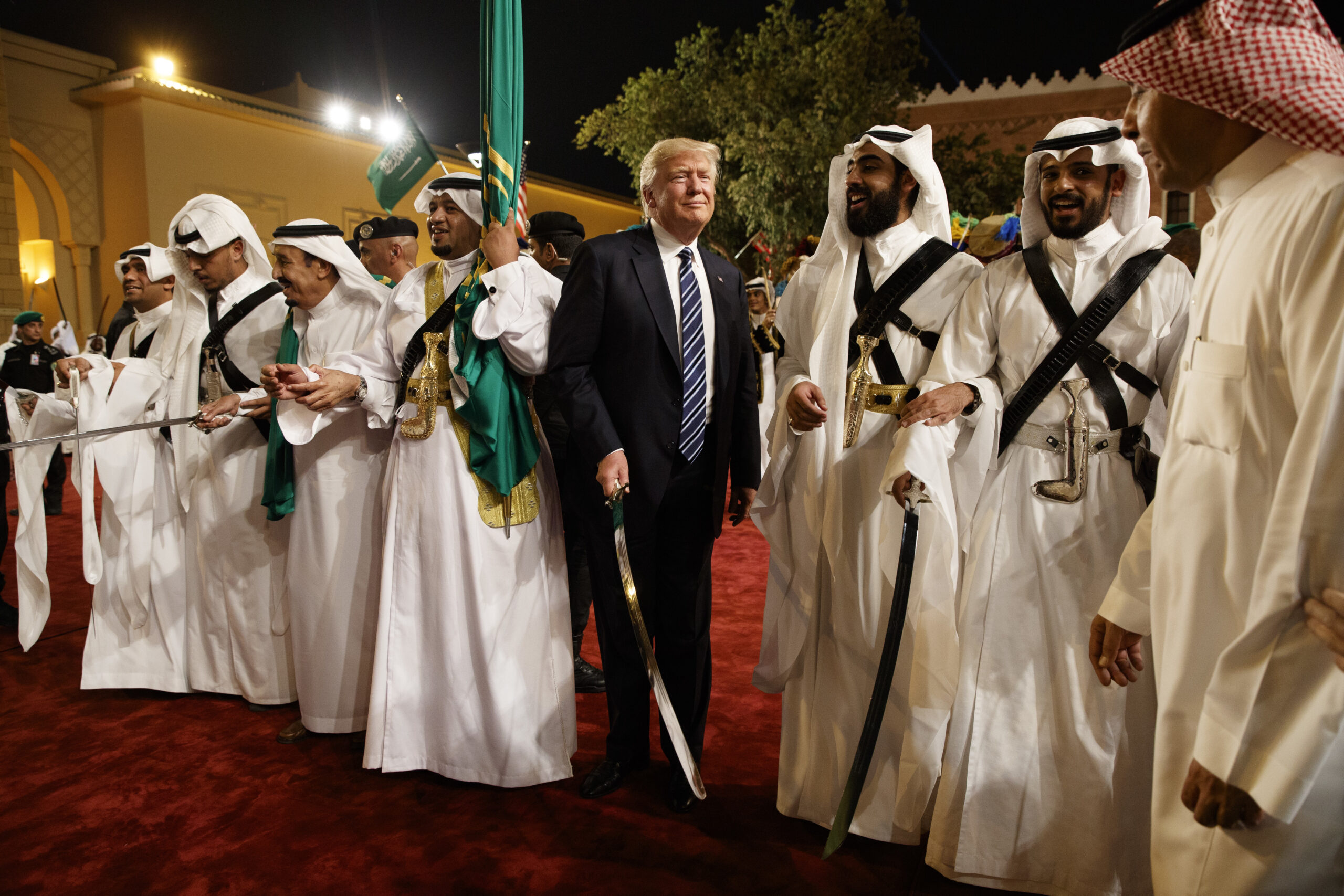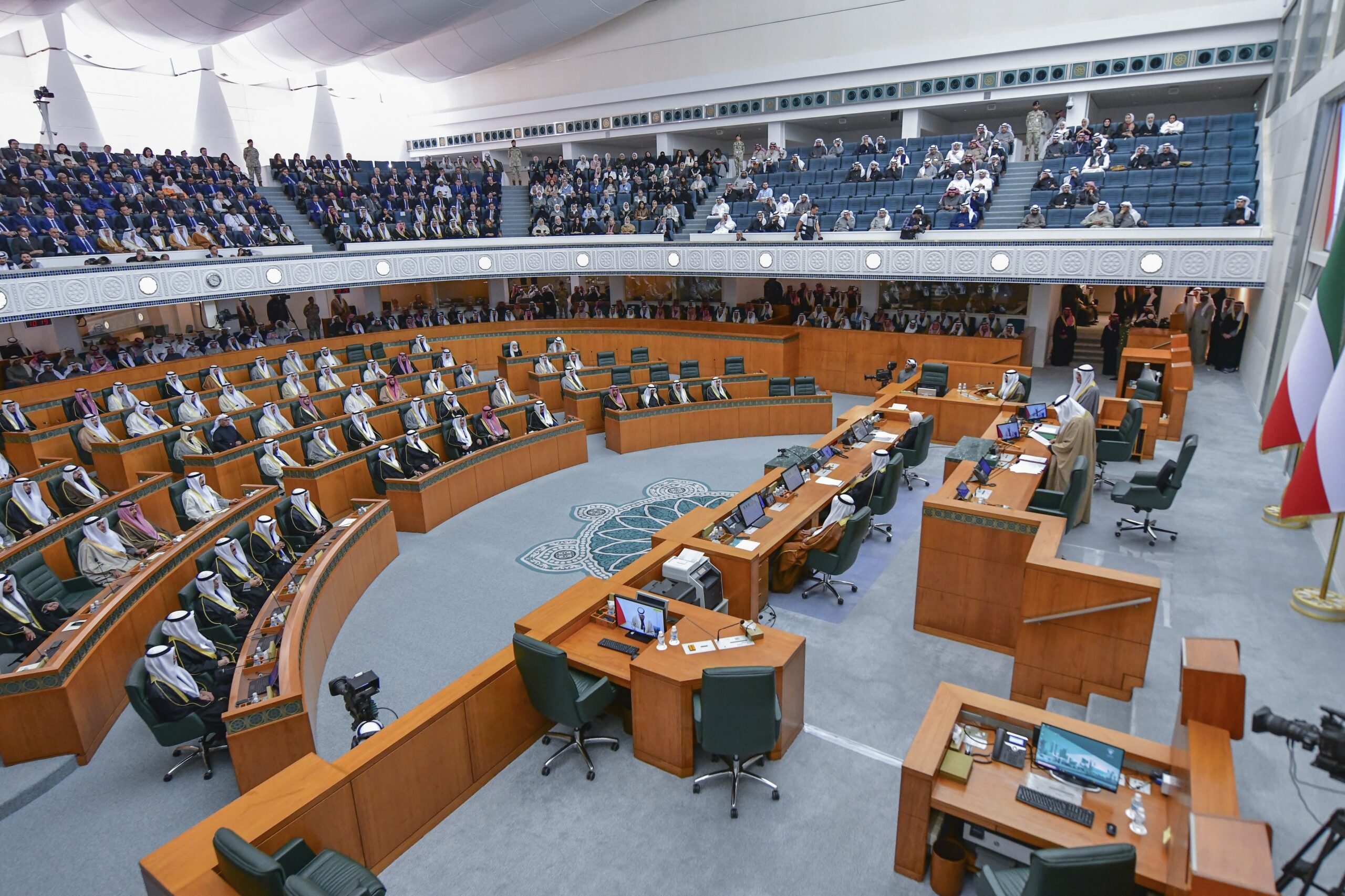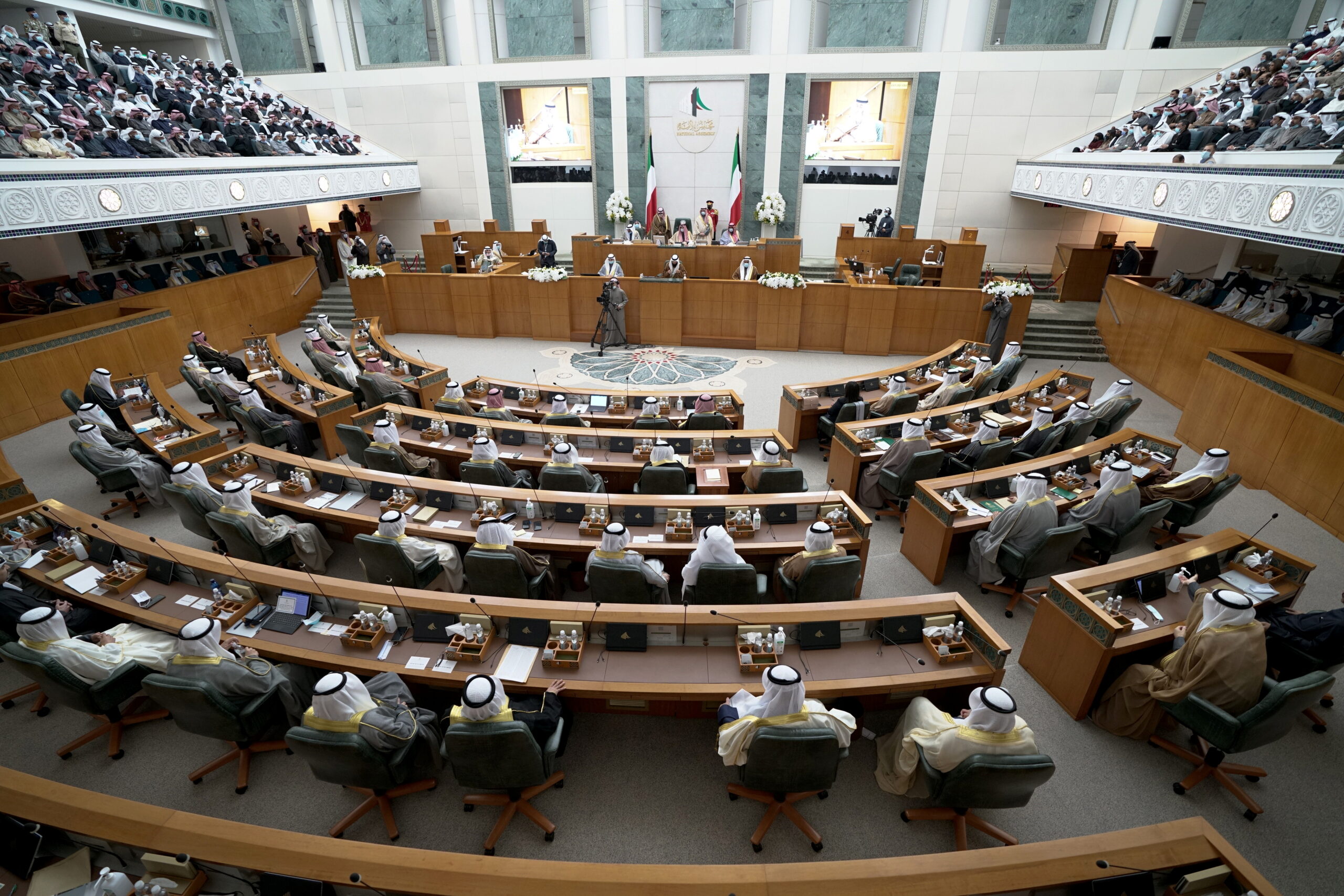A New Phase for the U.S. and Iran
Washington can work with its Gulf partners to tie Tehran to a deal that moves Iran from a militant focus to an economic revival and integration within its neighborhood.
6 min read
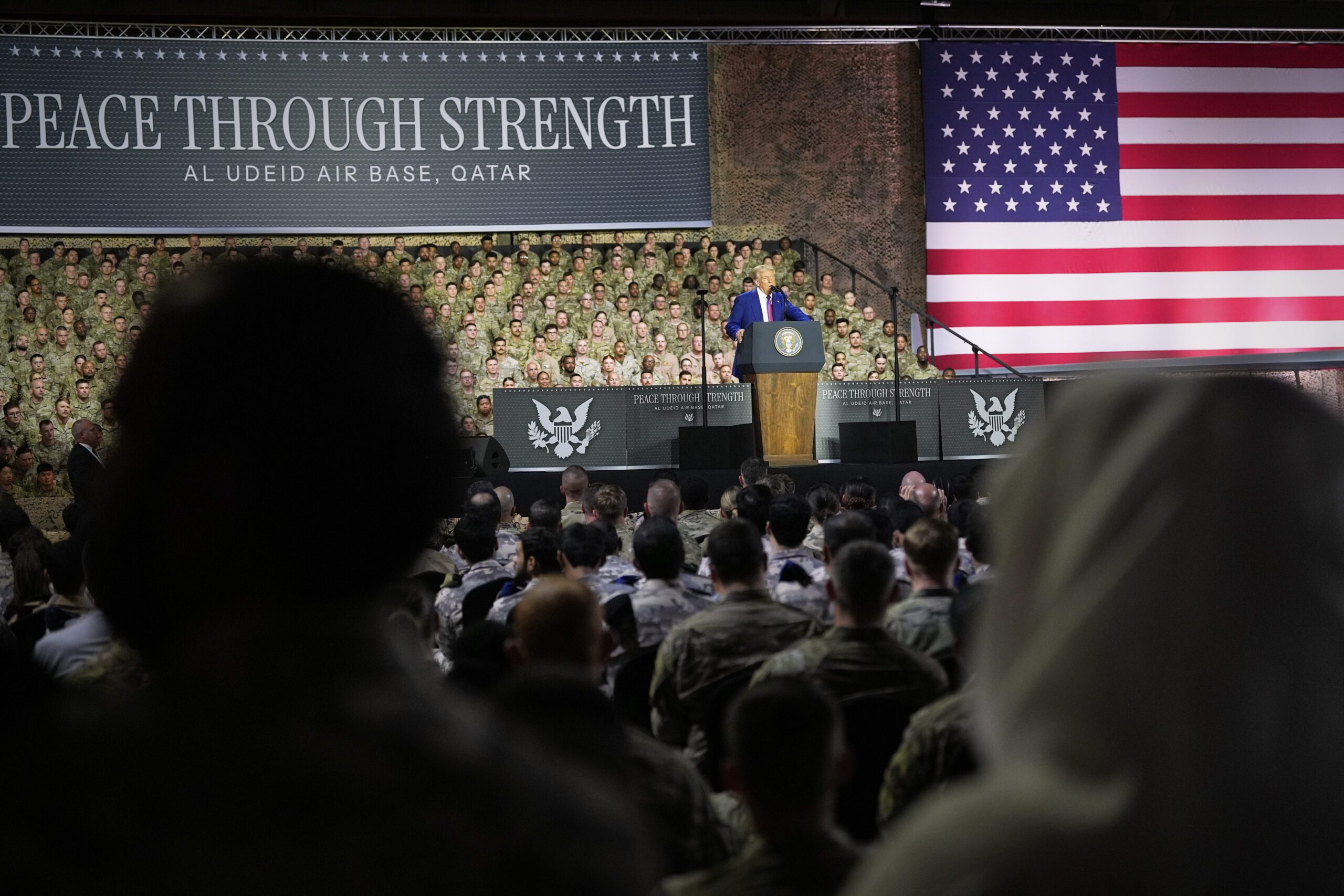
Washington is hitting the limits of its “peace-through-strength” approach. With a fragile Iran-Israel cease-fire at play and no diplomatic breakthrough in sight, Washington will soon find itself entangled in one of three unwanted outcomes: a costly relapse to war between Israel and Iran; a consolidated, radicalized regime in Tehran; or the management of regime collapse – much different from regime change. If Washington wants to regain the driving seat to pursue a fourth more appealing outcome, it should mobilize its Gulf partnerships and tie Iran to a deal that transforms the regime and region at large, moving Iran from a militant focus to an economic revival and integration within its neighborhood.
President Donald J. Trump launched a U.S. strike on Iran betting that Tehran would surrender to a Washington-crafted deal. Coercion would deliver what five rounds of U.S.-Iranian talks have not: an Iran deterred by U.S. and Israeli military superiority. The wish list includes Iran renouncing enrichment, accepting intrusive inspections, and scaling down its missile program. Matters look different six weeks after the strike. If Iran is weaker today, its regime is stronger. The war degraded Iran’s military assets. Yet it helped Iranian hard-liners advance their arguments in their effort to market the war as another chapter in Iran’s decades-long resistance, push for nuclear enrichment outside international oversight, expel inspectors, and threaten to exit the Non-Proliferation Treaty. The first outcome is self-evident: A consolidated Iran is underway. The U.S. strike has made a deal less possible. It has set higher U.S. expectations for a better deal and has shrunk margins for Iranian negotiators to domestically sell such a deal.
With no diplomatic breakthrough in sight, the second outcome is imminent: relapse to war. The U.S.-brokered cease-fire was vague and inconclusive, leaving both Israel and Iran propagating their direct confrontation as unfinished business. Neither feels fully vindicated. Israel eyes a return to conflict, and a second U.S. intervention, to attain its aim: an induced-regime collapse that redefines a post-Islamic Republic Iran, and by extension, a different regional order. In turn, Iran prides itself in the damage it inflicted on Israel and plans to fight back in low-intensity mode. Seen from Tehran, a sporadic tit-for-tat would cost Israel more than Iran. It would strain the Israeli public and complicate Israeli-U.S. ties. It would also expose the shortcomings of Prime Minister Benjamin Netanyahu’s strategy, which has brought no order but a forever war to the region, now extending to the Gulf states. Permanent war places the onus on Washington and the failure of its peace-through-strength approach.
Washington can soon find itself entangled in a third, unpalatable scenario: regime collapse. While not Washington’s aim, collapse can occur as a result of the previous outcome, a prolonged war with a radicalized regime. But history demonstrates that the sudden collapse of autocratic regimes – regardless of the means of their demise – has rarely produced new and reliable partners for the United States. Rather, regime collapse in the Middle East has offered opportunities for U.S. rivals to thrive. Weak legal frameworks, often hollowed out by decades of autocratic governance and sanctions, have prevented new rulers from gaining complete sovereignty over their territory and command over their foreign policy. In Iraq, the fall of Saddam Hussein helped Iran’s regional expansion through a network of militant allies and offered a safe haven for the Islamic State group to rise. Iraq’s prime minister strives to this day to balance ties between Washington and Tehran. The hopes of Syria’s new rulers to mend ties with Israel and become a trusted partner of the West stand on shaky ground with authorities in Damascus caught in a balancing act among regional players with competing interests. Whether domestically rooted or externally supported, regime collapse either draws the United States into open-ended entanglements in the Middle East or simply empowers its competitors. Regime collapse ultimately disadvantages the Trump administration and the United States at large.
Washington is falling prey to an Israeli gamble. Since October 7, 2023, Israel has successfully executed kinetic operations, testing a new regime change strategy in Lebanon and Syria: induced regime collapse. Instead of toppling regimes outright, Israel has induced the very conditions for their demise by upsetting the fragile domestic balance of power for the administrations in place. However, it has little control over the new realities these operations have created, and Israeli moves have opened a pandora’s box, creating volatility. Israel neither foresaw nor predicted the fall of the Syrian regime and the empowerment of Turkey-backed armed rebels, which has generated new risks for its security. Israel’s June strike against Iran sought to replicate this induced regime collapse strategy. Similarly, if not more drastically, Israel has little ability to predict how its operations will shift the internal power dynamics in Iran.
If Israel is ready to risk the unknown to reshape the Middle East, Washington should not be. Instead, the United States should chart a new deal with Iran that is built on transforming Iran from a militant to an economically rational actor. Neighboring Gulf Arab states are a good transformation model for Iran. Challenged by the popular uprisings of the Arab Spring, the regimes in the Gulf renegotiated social contracts with their youth, expanded economic opportunities while laying the foundation for a post-oil future, and enhanced individual liberties – even if often alongside shrinking political space. The Gulf states now balance interconnectivity and competition, deterrence and diplomacy, while hedging global power competition rather than falling prey to it. This path has produced solid partners for the United States who are inclined to resolve the root problem in the Middle East: advancing a viable Palestinian state and normalization of ties with Israel.
The Gulf states are ready to engage with the United States to make this deal happen. A larger deal that lifts sanctions and brings in heavy U.S. and Gulf investments would be a game changer for Iran. It would be coupled with a long-term joint civil nuclear energy program and clear rules of engagement. Intertwining interests will take time but has to start somewhere. It is a process that can accelerate regime transformation in Tehran. The combination of pressure and the prospect of a successfully negotiated deal with the United States could help Tehran transition – even if gradually – to a new phase without the unknowns (and costs) of a protracted conflict or induced regime collapse. That would be a better way to make peace-through-strength work.
The views represented herein are the author's or speaker's own and do not necessarily reflect the views of AGSI, its staff, or its board of directors.



